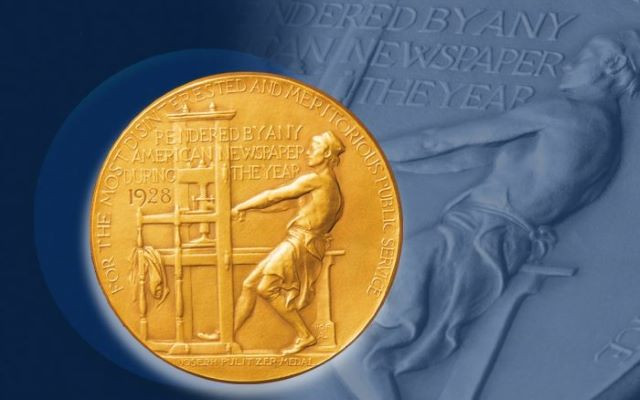
Two Pulitzer Prize-winning journalists have made history by revealing their use of Artificial Intelligence (AI) in reporting, marking a significant milestone in journalism.
Marjorie Miller, the administrator of the Pulitzer Prizes, announced that among this year's 45 finalists, five disclosed the use of AI in their research, reporting, and submissions, prompting the Pulitzer Center to inquire further into journalists' utilisation of AI.
According to the Nieman Lab website, journalists from City Bureau and the Invisible Institute employed machine learning for their investigative piece "Missing in Chicago," delving into thousands of police misconduct files.
Meanwhile, the visual investigations desk at The New York Times utilised a data-driven visual model to identify 2,000-pound bomb craters based on visual cues, revealing instances where bombs had struck civilian-safe zones in Gaza.
Read: What impact could ChatGPT have on journalism?
Three other finalists also integrated AI into their reporting, covering topics such as Hurricane Ian, issues in a Florida retirement community, and gun violence in the United States.
"Missing in Chicago" exposed the Chicago Police Department's failure to locate missing and murdered black women. Over years of investigation, the reporting team utilised a machine learning tool named Judy to analyse text in police misconduct records and files from 2011 to 2015, ultimately yielding crucial findings.
In another instance, The New York Times' visual desk published a report in December 2023 on the Gaza conflict. The team trained a tool to identify craters left by 2,000-pound bombs, a primary weapon used by Israel for extensive damage in Gaza. Utilising satellite imagery, the team identified hundreds of bomb craters in the southern region of Gaza, shedding light on the impact of Israeli military actions.
These examples underscore the positive and constructive role of AI in investigative journalism, demonstrating its potential to enhance the depth and scope of reporting.




1729137363-0/Liam-Payne-fans-(1)1729137363-0-165x106.webp)



1731071675-0/Express-Tribune-Web-(29)1731071675-0-270x192.webp)
1731063165-0/BeFunk_§_]-(55)1731063165-0.jpg)











COMMENTS
Comments are moderated and generally will be posted if they are on-topic and not abusive.
For more information, please see our Comments FAQ